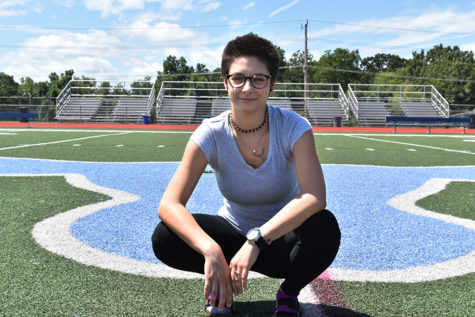In rowing, every practice, race and preparation is all part of the competition. Rowers race against each other for the best seat in the boat, while building friendships along the way.
“One obstacle I’ve encountered is the amount of muscle [involved in rowing],” sophomore and second seat Ashlyn Roesch said. “I was already athletic, but I’m working parts of my body that I’ve never worked before, so it’s a challenge.”
Along with Roesch, junior Drew Harris [starboard varied seat] and Katy Ward [starboard varied seat] row for the St. Louis Rowing Club (SLRC), along with about 50 other members. They get together at the Creve Coeur boat house and practice two hours a day during the week, including weekends.
“I row every night for two hours, so I don’t have a lot of time to do homework,” Roesch said. “I can’t stay after school to do anything because I have to go straight to rowing. I’ve had to sacrifice a few things for the sport, like junk food and sleep.”
Not only do rowers sacrifice the things they love, but they also jeopardize their general health.
[quote text_size=”small” author=”–Katy Ward”]
It’s made me more open to other people–different people.
[/quote]
“There’s a lot of lower back pain [involved with rowing]. I know one girl on my team who dislocated five of her ribs last season,” Roesch said.
Not only do they deal with sudden injuries, but chronic illness, too.
“I’ve never been injured, but I do have asthma and I have to row during attacks because you can’t just stop racing,” Harris said. “We do core and stretching at least three times a week to avoid injury as best as possible.”
Unlike traditional high school sports, rowing is a year-round commitment. During the winter season, when the lake is frozen over, rowers use ergometers, or rowing machines, to keep themselves fit while they are off the water.
“The entire winter season is really rough. It’s pretty much hard workouts every day,” Harris said. “There were times where I didn’t even want to do it anymore.”
They have to achieve high distances in a short amount of time, making it more difficult.
“In the spring we race 2000 meters and in the fall we race 5000 meters. The time varies by boat and each individual rower,” Harris said. “That’s for an eight [eight people in a boat]. The times for fours are a little longer because less rowers mean less power, and less power means less speed.”
Harris hopes to row in college, but admits that some of her colleagues have chosen the opposite. Despite the physical and emotional adversities faced, the payoff for Harris and her teammates is the sense of community amongst SLRC rowers.
“It’s made me more open to other people–different people,” junior Katy Ward said. “The people I meet at rowing are people I normally wouldn’t hang out with, but now we’re all really close friends.”

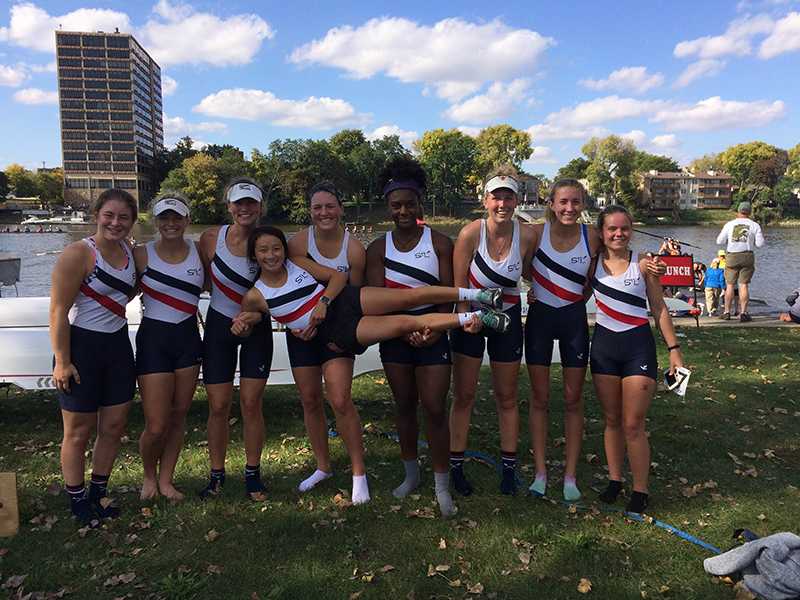

![After a thrilling point, senior Katie Byergo and junior Elle Lanferseick high-five each other on Oct. 8. With teamwork and camaraderie, Byergo worked together in the game against Lafayette High School. “[Byergo’s] is really positive with a good spirit,” Lanferseick said. “I set her [the ball] and she hits it [or] gets the kill.”](https://pwestpathfinder.com/wp-content/uploads/2025/10/DSC_9349-1-e1761159125735-1200x791.jpg)
![The varsity boys cross country team poses for a photo at the Mike Rose Soccer Complex in Memphis, Tenn. The Memphis Twilight Classic is the largest event the team attends. “[I enjoyed] hanging out with the team every day at practice,” Patten said. “I wanted to be the best I could for my team; I really wanted to help out.”](https://pwestpathfinder.com/wp-content/uploads/2025/09/XC-PHOTO-1200x822.jpg)

![Celebrating their landmark victory, the Parkway West Boys Hockey team gathers together on the ice. Over the course of the season, the team grew closer together while pursuing their final goal: winning the coveted Wickenheiser Cup. “[Winning the cup] was awesome. [As] a senior, it was super rewarding to end on a high note. It had to be the most memorable part of my career,” varsity hockey player and senior Hunter Beach said.](https://pwestpathfinder.com/wp-content/uploads/2025/03/DSC3974-Enhanced-NR-1200x799.jpg)
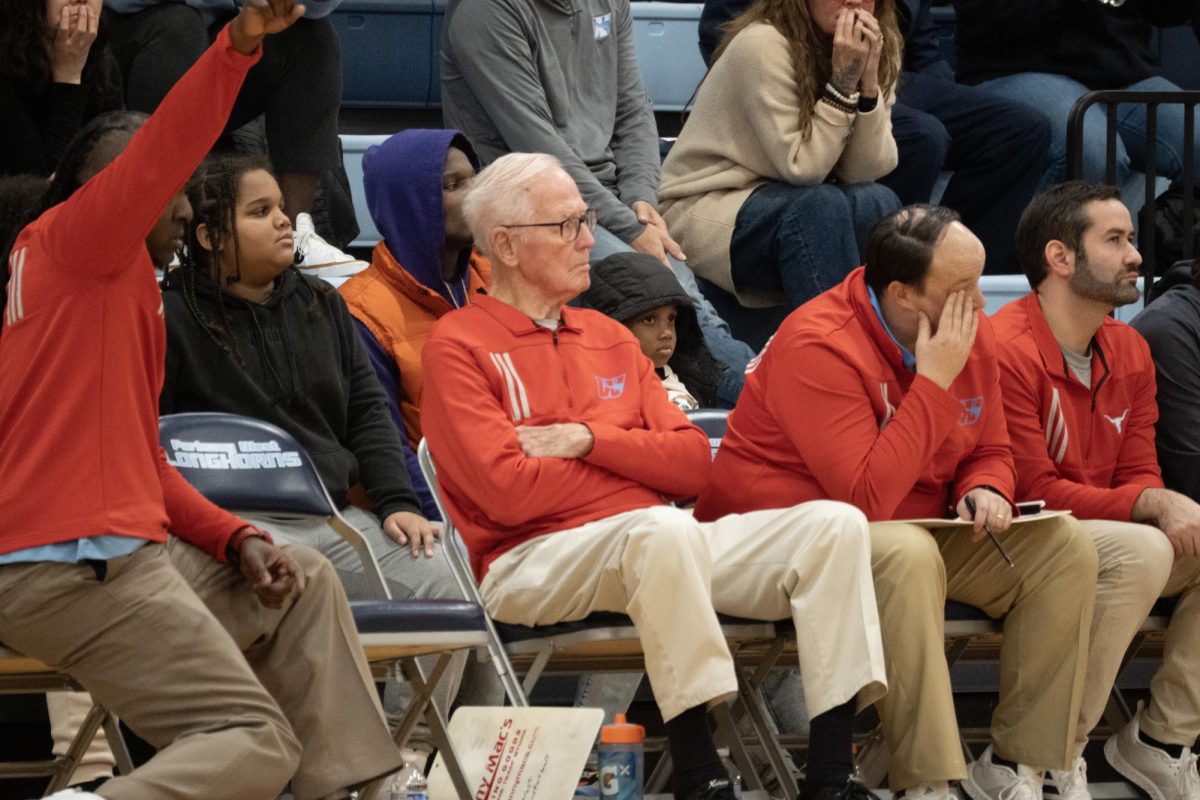
![Holding the disc, senior Nathan Thompson waits for an opportunity to pass to senior Timmy Fry. Parkway United’s ultimate frisbee team is made up of students from each of the four Parkway schools. “The one thing I really like about ultimate [frisbee] is the community because it’s so different from any other sport I've been a part of. [My] national teammates are people who we play against in the regular season, so we see each other all the time. It's always fun hanging out with [them],” Thompson said.](https://pwestpathfinder.com/wp-content/uploads/2024/12/C96A6823-1200x800.jpg)
![Senior Josie Grunzinger watches the football game intently from the sidelines on Oct. 18. Grunzinger stood out to the crowd as the only girl on the football team, encouraging other girls who want to play football to take a chance and go for a sport outside of their comfort zone. “If you think you could [play football] and you want to do it, just try it, because all it takes is to actually try it out,” Grunzinger said.](https://pwestpathfinder.com/wp-content/uploads/2024/10/Untitled-design-1200x675.png)
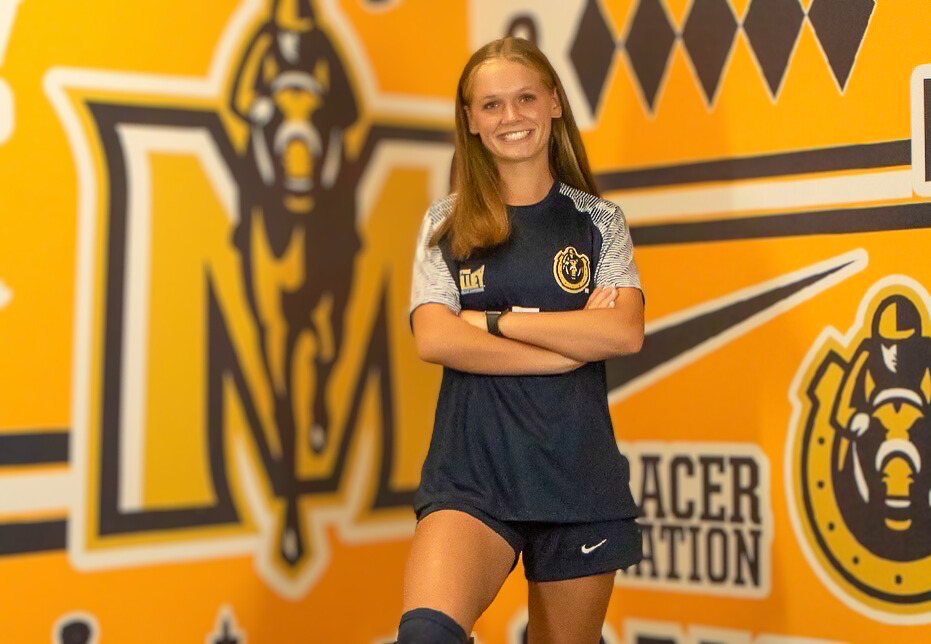
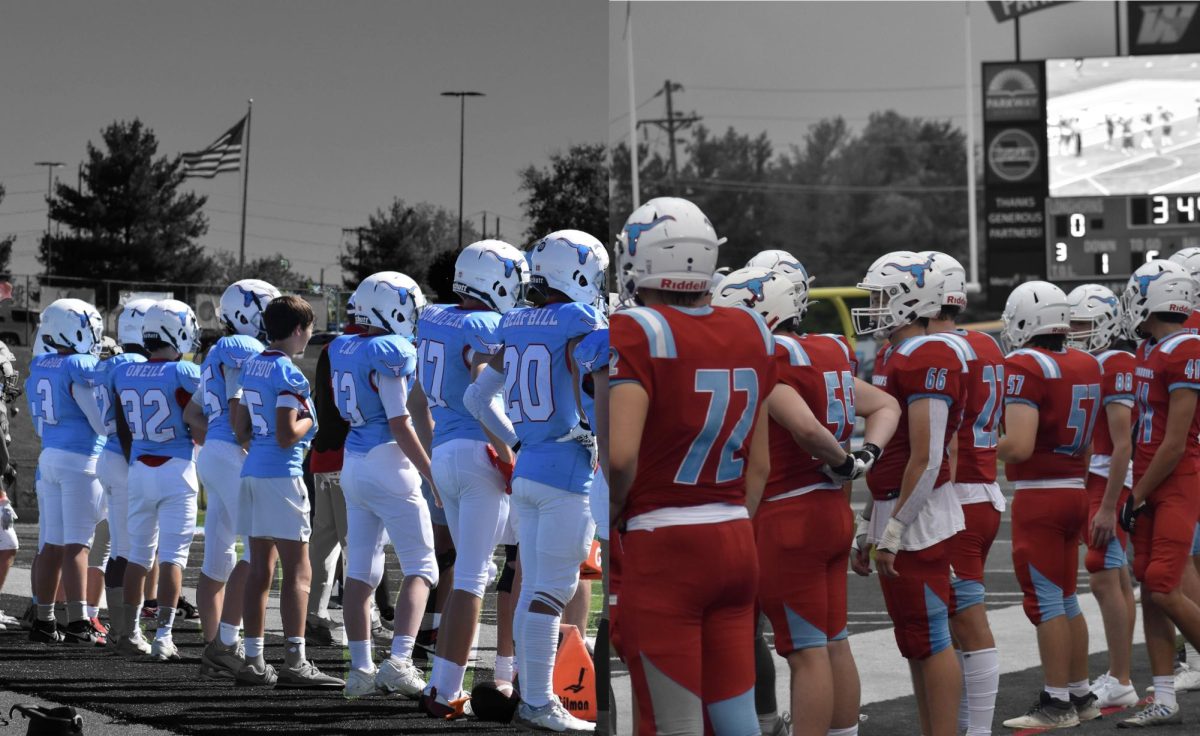
![With her arms held high, junior Jenna Rickelman throws the ball across the pool during a girls water polo practice. With hours of practice after school and over the summer, Rickelman saw many improvements in her water polo skills. “When I look at [my] stats, I'm so much better than I was last year,” Rickelman said.](https://pwestpathfinder.com/wp-content/uploads/2024/05/Untitled-design-2-.png)
